There is no shortage of holidays and festivals when it comes to Cambodia. The people there are so respectful of their traditions and all the festivities that honour these traditions, that they make it a point to fly down, or drive, or take a train ride from wherever they are to their hometown, to participate in the festive events, to help their families prepare for the festivals, etc. Cambodia’s festivals are traditionally influenced by concepts of Buddhism, Hinduism and royal culture as well and many like the Magha Puja Day/ Meak Bocha (day to commemorate the Buddha delivering his sermon at Rajgadha Valuvan Vihara) and Vesak Bocha (Buddha’s birth, enlightenment, passing and nirvana) are linked with Theravada Buddhist rituals and usually are restricted to the monks holding prayers, meditations or donations by locals, but don’t really involve extravagant celebrations or too much tourist involvement.
However, there are other festivals like the Choul Chhnam Thmey or the Khmer New Year, the Water Festival and Pchum Ben/Ancestor’s Day, which can be enjoyed and participated in by tourists, locals and anyone else who longs for a taste of Cambodia’s rich and unique culture and heritage.

Choul Chnam Thmey/ Khmer New Year (April 14-17)
On this day, even the Cambodians with Khmer roots who work abroad return home. On 14th-17thApril, everyone is taking off 3 days, to ring in the New Year. This festival also commemorates the end of the traditional harvest season and celebrates the hardworking farmers. Apart fromperforming purification ceremonies, visiting temples and spending time with the family, there are also traditional games which are played.
Day 1 of this festival is known asMaha Songkran and this first day and it is an inauguration of sorts of the New Year. TheCambodians believe that on the first day, the world was created by God and he sent down his angels to take care of it and its people. Families around Cambodia clean and decorate the house and set the table with food, drink and fruits to welcome the new angel. The Buddhists also offer food and fruits to monks on this day.
Day 2 is termed ‘Virak Wanabat’ and is a day for offering gifts to elders including parents and grandparents. Peoplealso offer charity like food, money and clothes to the less fortunate. Sandy mounds which symbolise longevity and prosperity in life and good tidings are also erected or built on the temple grounds in the evening.
Day 3 is called ‘Tarak Loeng Sak’ and this day completes the festival. A ceremony called ‘Pithi Srang Preah’ which involves cleaning the statues of the lord Buddha with scented water. This washing of statues symbolises washing away the evil deeds and gaining blessings. Not only the statues, but the elders are taken care of and washed as well, as a sign of respect and to ask for forgiveness for any past sins.
The Angkor Sankranta is a festive event that takes place during Khmer New Year. Yes, that’s right! A festival inside a festival! The Angkor Sankrant is a 4-day festival held to ring in the New Year and also to celebrate the performing arts. It is held at the Angkor Architecture Park and is organised by the Union of Youth Federation of Cambodia in April. The Prime minister is invited as a chief guest as well and officially throws the festival open fortourists and locals alike. There is no temple pass needed either.
It starts off with a blessing ceremony in front of the Angkor Wat. This is followed by 30 or more entertaining events likecertain cultural programmes, art shows, photo exhibitions, floating lanterns, traditional dances, contests, archery,Bokator Martial Arts displays, traditional Khmer games, classical theatre performances, Cambodian product trade fairs, etc. The different Cambodian provinces likeKampong Speu,Banteay Meanchey, Koh Kong, Prey Veng, Kampong Thomand Pursat host events too.
As times have changed and given way to a new, modern Cambodia, groups of youth can also be found partying away on this day as they ring in the new Year’s with music blasting from booming stereos and with cans of Angkor beer, drinking and dancing till the early hours. Games like rice cake eating contests as well as competitions to make the largest sticky cake are held.
Cycling is a cheap and great option to get to the festivities on time and also to beat the traffic.

Water festival (November 10-12)
This festival is similar to Songkran, which is another water festival. This 3-day festival starts on 10th November and ends on 12th November and evidence of it can be found in the 12th century etchings on the walls of Banteay Chhmar and Bayon Temples; which depict the colourful boat races which take place on the Tonle Sap and Mekong rivers, the parades as well as the victories. It dates back to a time when boat races were used to determine the strengths of strong Khmer marine forces during the ancient times of the Khmer Empire. The festival also goes by various other names like the Sun and Moon Festival and locally as Bon Om Tank. It not only coincides with the full moon of Buddhist month of Katdewe, but also with a magnificent, magical natural phenomenon when the Tonle Sap flows upstream during the rainy season, but reverts /changes direction when the rain ceases, leaving behind a bountiful of fish. This festival also acts as a Thanksgivingtradition to the River Mekong for providing the locals with abundant fish and fertile land.
You will have to make your way through throngs of cheering locals as you make your way to the banks of the rivers Mekong and Tonle Sap where giant, vibrantlypainted and decorated boats powered by the man force of 50 peddlers race by as the ‘racers’ compete and battle it out for the top honours. King Norodom Sihamoni, the current monarch, also puts in an obligatory appearance to cheer on for his fellow Cambodians. And if crowds make you feel claustrophobic, the race can be viewed from the rooftops of the bars surrounding the river, although bookings must be made in advance to do so.
Later there are boat parades and brightly decorated floats which cruise along the rivers, while the beautiful fireworks brighten up the night sky and form a terrific backdrop for it all.
After a long and tiring race and seeking blessings and offering moon salutations at the temples, the participants and locals savour Auk Arbok- a special delicacy of flattened rice, banana and coconut, to be devoured after midnight.

Pchum Ben/Ancestor’s Day
These vibrant and happy celebrations are followed by a somewhat spooky and solemn festival known as Pchum Ben or Ancestor’s Day. It also goes by names like ‘Hungry Ghosts Festival’ and ‘Festival of the Day’. And no, it is nothing like Halloween. It is much closer to ‘All Souls Day’ which is celebrated in other parts of the world and it is basically about paying respect to 7 generations of ancestors.
A legend related to this solemn festival goes that back when the relatives of King Bath Pempeksa defied the religious customs and ate rice before the monks did during a religious ritual. The king was haunted by the souls of these very monks when they passed away. In order to soothe their souls, he was ordered by several reincarnations of the Buddha to offer food to them and dedicate good deeds to the souls of the monks who were hungry as their souls were not at peace and thus, they could not eat even in the afterlife. When the king did as he was told, only then were the monks appeased and moved on to a hearty afterlife in paradise.
It is believed that on the first day of this festivalthe Gates of hell open up and all the ghosts are let out, many of whom are the deceased ancestors of the locals. Now, don’t be scared, as they mean no harm but are there to bless their relatives who wish to appease them by offering food at the temple. These food offerings are also believed to reduce the sins of thedeceased souls and grant them peace and relief in the afterlife. It is, however, also believed that the hungry souls wander many pagodas/temples where offerings are made and if they don’t find any food, they will rain down curses upon those who do not offer any food at the pagodas/temples. They eat only what their family offers and as a result, family members who reside in other places flock home to make offerings and seek the goodwill of the ancestors.

Now, before you start packing your bags for this incredible adventure, make sure to visit the German website from Backpackertrail. There you will find more information on what to expect during your journey through Cambodia.
List of other major festivals
- February- Meak Bochea
- April/May- Royal Ploughing Ceremony
- May- King Norodom Sihamoni’s Birthday (the current monarch’s birthday and also a national holiday in Cambodia), Vesaka Bochea (Buddha’s birth anniversary).
- November- National Independence Day.
- Throughout the year, there are also many public holidays, although these aren’t part of any festivals.

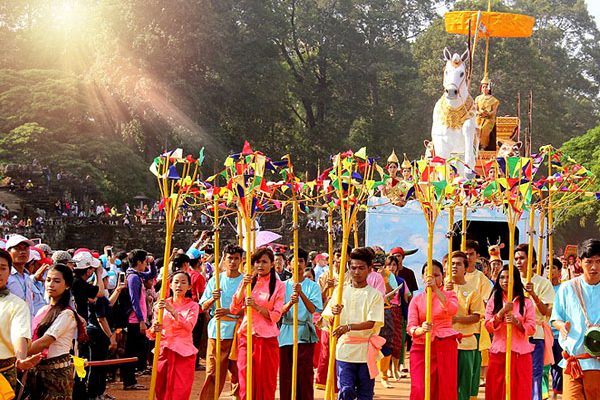

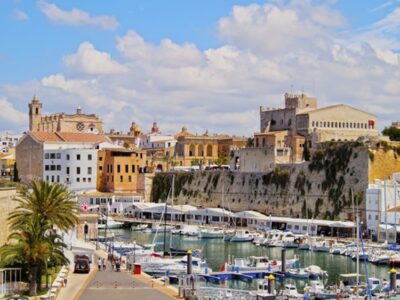
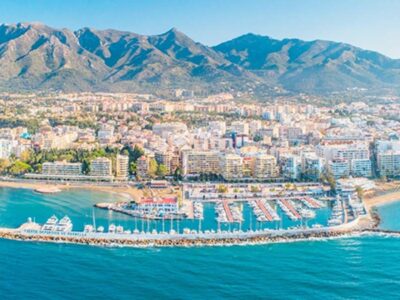
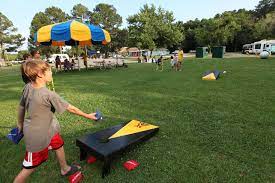
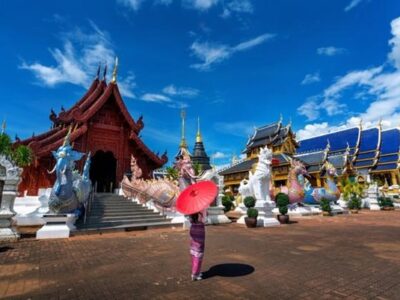
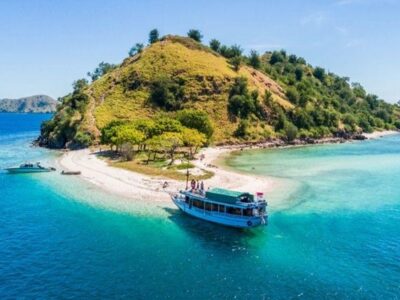
Comments